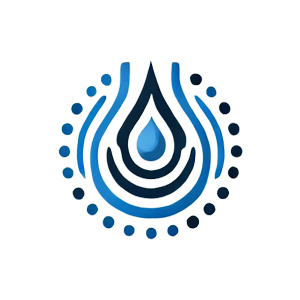Different types of valves in a P&ID are represented by adding a shape in the middle where the lines connect. Here are the P&ID symbols for the most commonly used valve types.
Types of valves
P&IDs have a standard thanks to the International Society of Automation (ISA), which may be obtained online at www.isa.org. The ANSI/ISA-5.1-2009 standard is available on the ISA website.
Even though there are standards for these symbols, various valves may be represented in different ways. Additionally, you could see variations in valve types throughout various businesses, sectors, and libraries. This is not a significant issue, however, since each component is defined using language, a distinct model number, and a unique tag number in the system. Additionally, they are described in the valve drawing’s key or legend. The P&ID diagram will be acceptable and intelligible to everyone who works with it as long as you are consistent in your designs.
Pipes, Tubes, & Hoses (process lines):
The real substances or materials flow via the lines designated as process lines in a P&ID. On the diagram, many sorts of lines are used to depict these lines. Each line has a line number, such as 150-67P00-2299-115101-N, to identify it. If the label doesn’t fit on the line itself, it is either put parallel to the line or linked with a line pointing to the particular line being described. The label includes facts such as size, class, insulation, and others. These figures may be formatted differently by various firms, but they all represent the same data. Compared to other lines that indicate electrical, pneumatic, or data impulses, process lines are shown as thicker lines.
There are two ways to indicate when pipes cross on drawings but are not really linked. One technique is to mark the location of one pipe traveling “over” the other with a slight bump. The second technique is to break one of the lines right next to the other line to indicate that it is “under” the other line. It’s vital to note that this illustration does not accurately depict how the system’s pipes are really connected. In actuality, the pipes may not even intersect one another. Simply said, this is a method of keeping the lines distinct and separate when they must cross one another in the picture.

